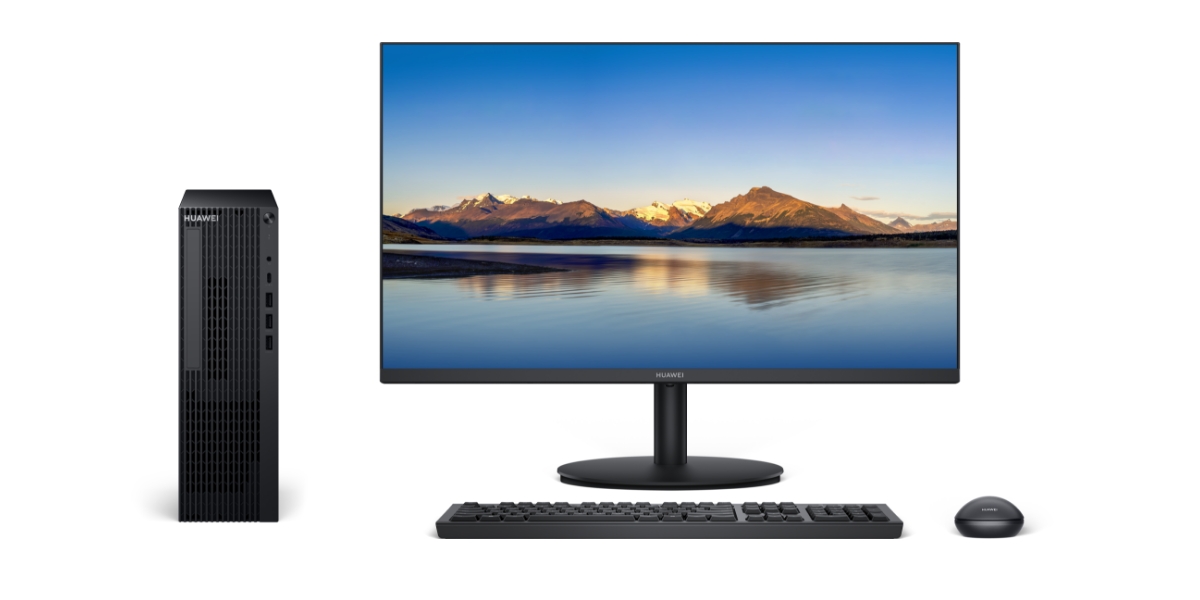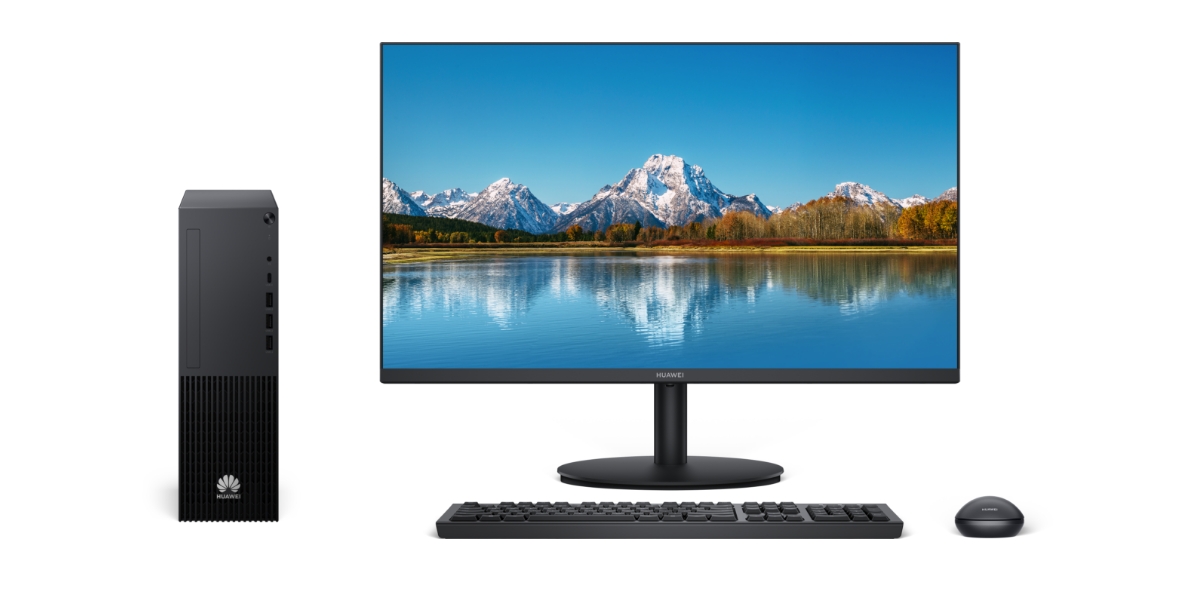Huawei has introduced two new desktop systems in the Chinese domestic market. The Qingyun W515y and W585y leverage Huawei's homemade Kirin 9000X processor, complemented by the Tongxin UOS V20 or Galaxy Kylin V10 operating systems that aim to unseat Windows in the Chinese market.
The company has not officially unveiled the Kirin 9000X chip to the public yet. However, reports indicate that the octa-core, 16-thread processor, developed by HiSilicon, features a 2.5 GHz base clock. The Kirin 9000X succeeds the Kirin 9000C, which aligns with the recent release of the Qingyun W515y and W585y as direct replacements for the Qingyun W515x and W585x, respectively.

Huawei has been vigorously promoting its HarmonyOS operating system across its product range for some time. Consequently, it is surprising that neither of these utilizes this operating system. The previous Qingyun W515x and W585x didn't use HarmonyOS, either. Instead, these devices offer consumers a choice between UOS V20 (Unified Operating System), developed by UnionTech (Tongxin), and Galaxy Kylin V10. Both operating systems are based on Linux with their respective modifications.
The designs of the Qingyun W515y and W585y haven't changed from their predecessors. The case still features a front panel equipped with one USB Type-C port, three USB 3.2 Gen 1 Type-A ports, and a combined 3.5mm microphone and headphone jack. Conversely, the rear panel is furnished with four USB 3.2 Gen 1 Type-A ports, a Gigabit Ethernet port, a serial port, three 3.5mm audio connectors, one VGA port, and one HDMI port.
Huawei includes the K100 wired keyboard and M100 wired mouse with the Qingyun W515y and W585y models. The manufacturer has not disclosed the pricing or the availability dates for the new desktops.

Follow Tom's Hardware on Google News, or add us as a preferred source, to get our latest news, analysis, & reviews in your feeds.

 3 weeks ago
23
3 weeks ago
23









 English (US) ·
English (US) ·